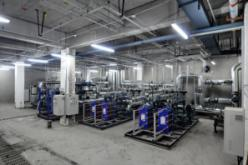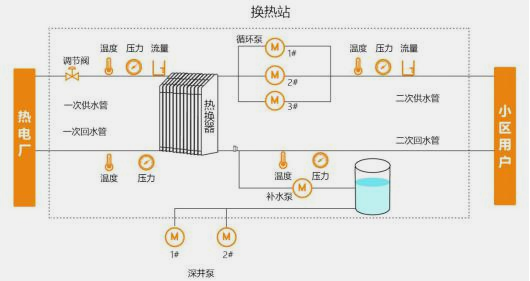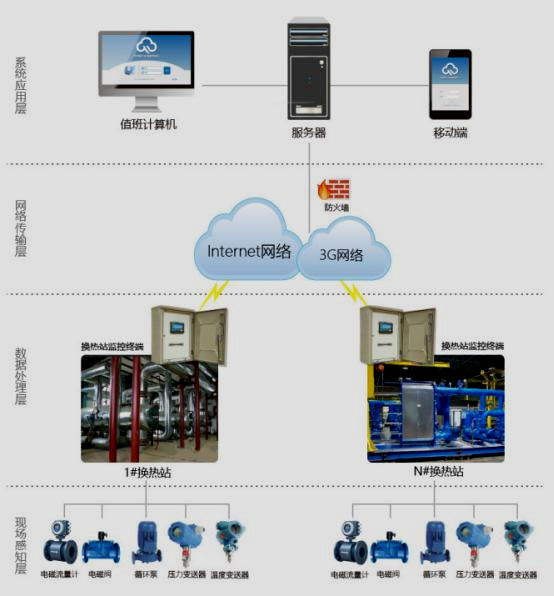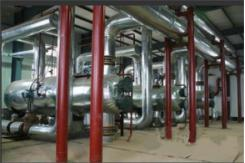Urban heating detection system |
I、 System Overview The measurement and control system of urban heat exchange stations achieves effective remote sensing, remote sensing, remote control, and remote adjustment of the heating process by measuring, controlling, and remotely transmitting the temperature, pressure, flow rate, and switch quantity of the heating system. The measurement and control system of urban heat exchange stations is an important component of the regional heating system. It will provide real-time and comprehensive understanding of the operating conditions of the heating system, monitor the pressure difference at unfavorable operating points, ensure the safe and reasonable operation of the regional heating system, and can carry out heating planning and scientific allocation based on operating data, providing accurate and effective important data for the thermal department. 
II System Introduction and Workflow The centralized heating system includes three parts: heat source, heating network, and heat users. The steam or hot water generated by the heat source is supplied to users in the city or some areas for production and domestic use through the pipeline network. A heat exchange station is the interface between the centralized heating network and the heat users, serving as the "heat exchange station" between the heat source and the heat users. The efficient operation of the heat exchange station plays an important role in improving the heat shortage of the entire heating network and enhancing the quality of heating. 
The thermal system of the heat exchange station consists of a primary network supply and return water system, a secondary network supply and return water system, a water replenishment system, and a heat metering system, which are interrelated and interact with each other. The heat source enters the heat exchanger through the primary network water supply pipeline, undergoes sufficient heat exchange, and then flows back to the heat source through the primary network return pipeline. After the water in the secondary network is fully heated in the heat exchanger, it enters the heat user through the secondary network water supply pipeline. After the user obtains heat, the secondary network circulation pump circulates the water through the secondary network return pipeline and then enters the heat exchanger, thus supplying heat to the user. III System topology diagram The system consists of a field perception layer, a data processing layer, a network transmission layer, and a system application layer. The field perception layer includes secondary instruments such as field equipment, temperature transmitters, pressure transmitters, flow meters, and water pump/valve control cabinets; The data processing layer includes monitoring terminals for heat exchange stations, while the network transmission layer includes 3G networks and the Internet public network; The system application layer includes servers, on duty computers, and mobile devices. 
The on-site sensing layer can use F100 electromagnetic flowmeter, P922 intelligent wireless pressure transmitter, P320 explosion-proof pressure transmitter, L110 liquid level transmitter, T300 integrated temperature transmitter, etc. 4 PC monitoring platform By utilizing the advantages of big data platforms, convenient services can be provided to users, including real-time data and alarm data reporting, historical queries and exports, trend curve analysis, visual interface monitoring and display, permission management settings, etc. Personalized monitoring and management system platforms can be designed and combined according to the different needs of different customers. Field application 
|